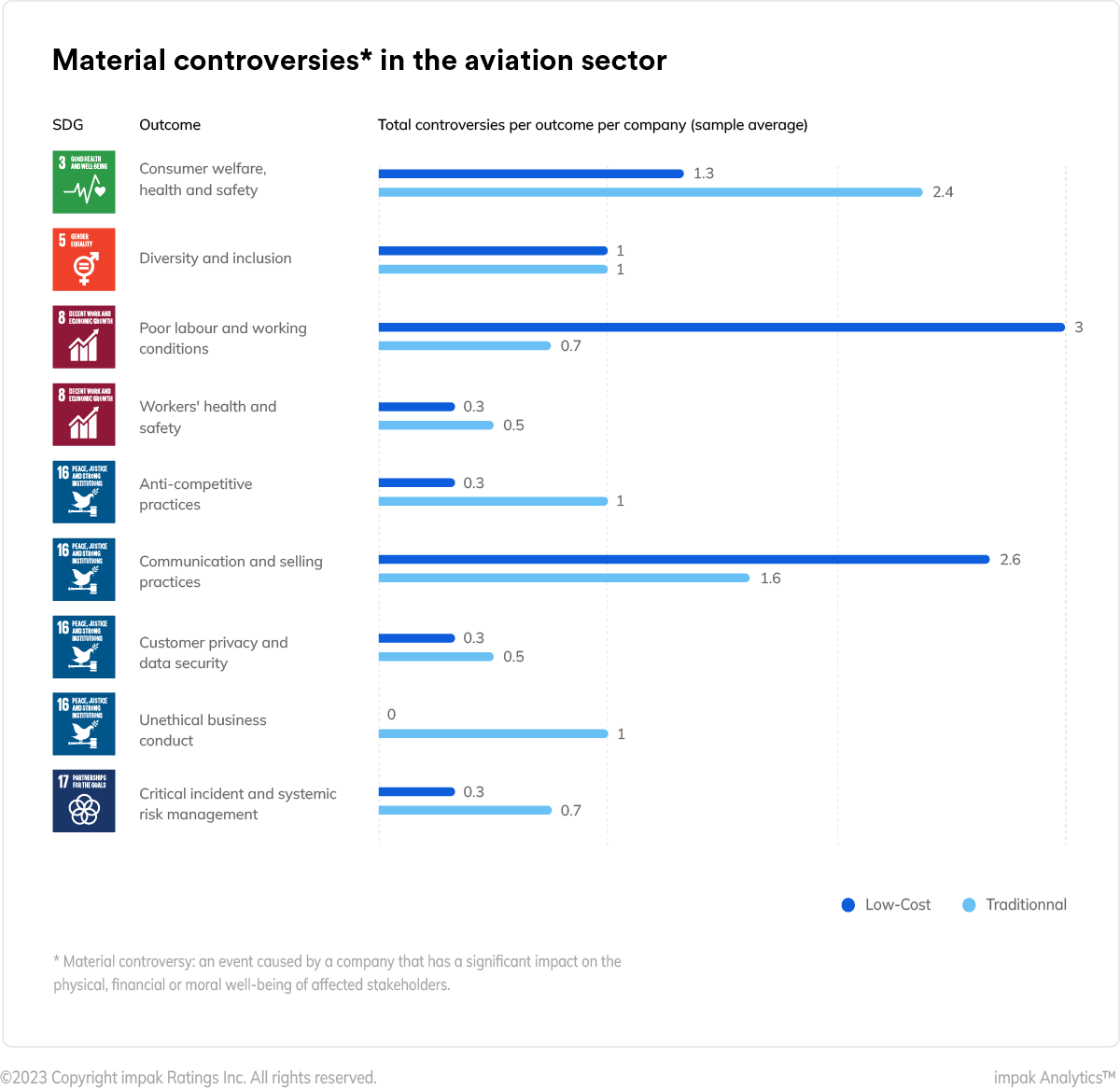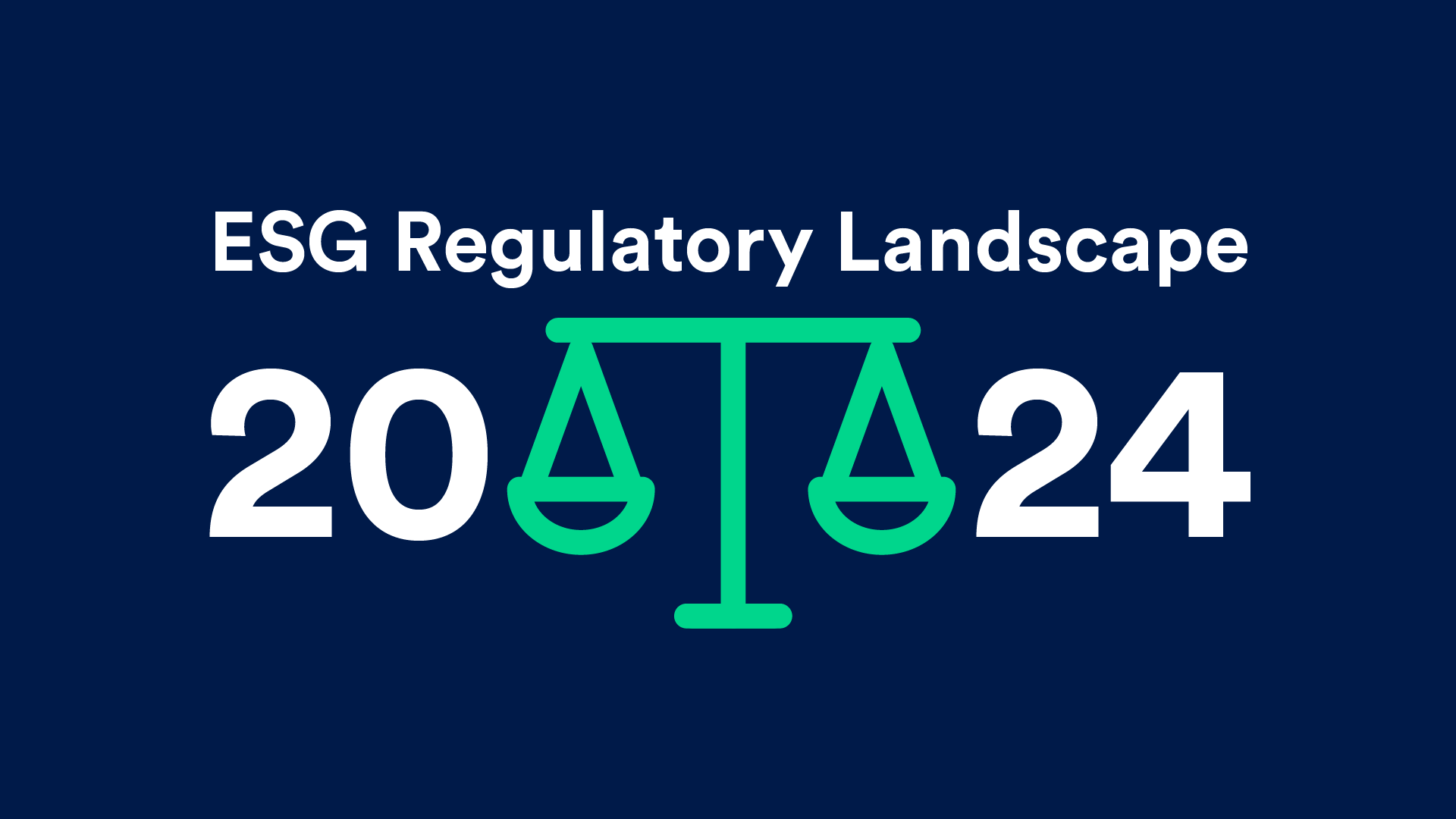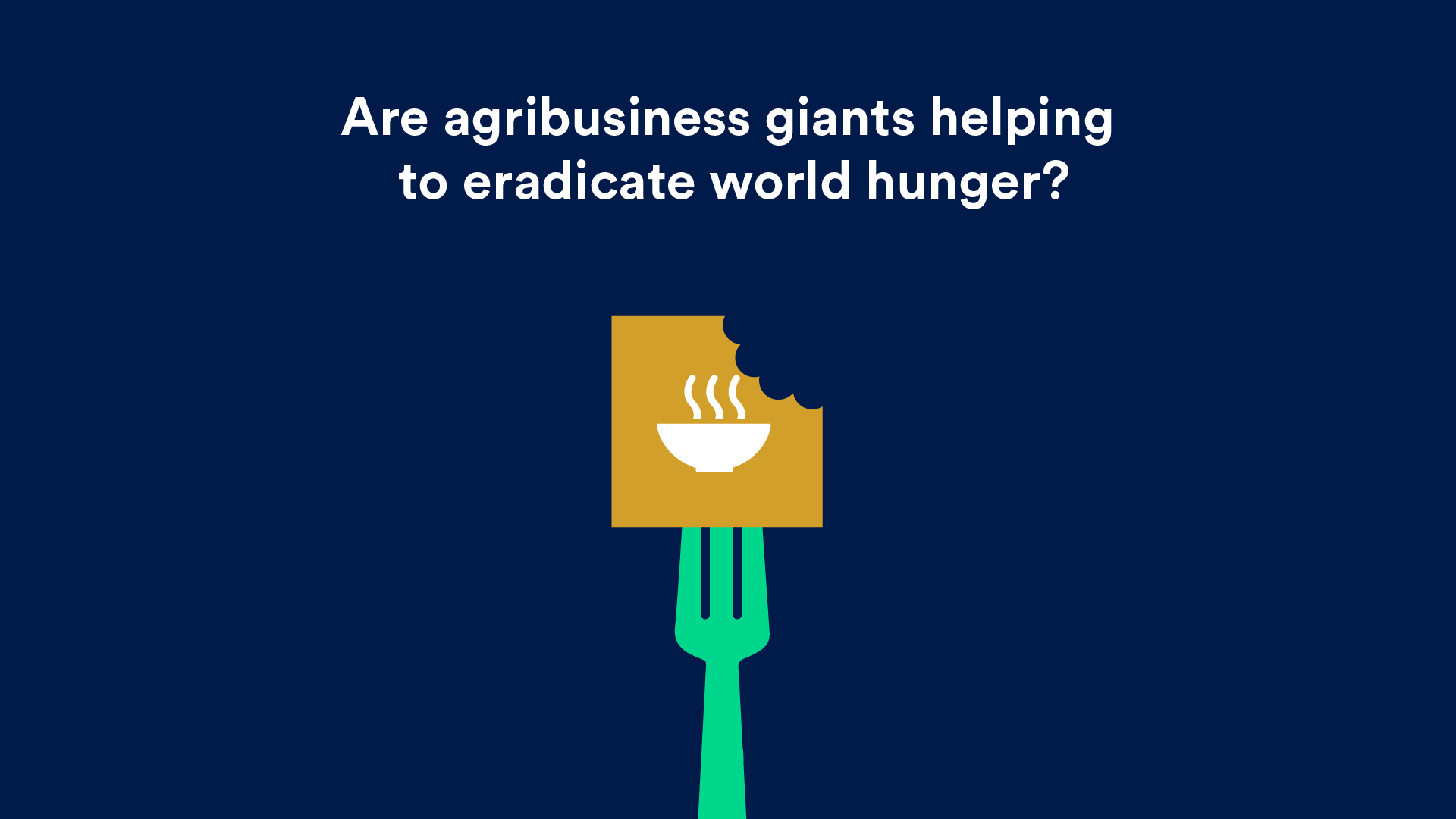Destination sun, waste and discrimination
Destination sun, waste and discrimination
Before the pandemic, the air sector was one of the pillars of the global economy with almost 4.1% of global gross domestic product (GDP). Severely affected by the pandemic, airlines are now experiencing a rapid rebound. According to the International Air Transport Association (IATA), they will carry 4.35 billion passengers this year, approaching the record of 4.54 billion established in 2019. It is also expected that air travel will double by 2037 and triple by 2050.
Despite a successful recovery, greenwashing practices, mountains of waste, large gender disparities and precarious working conditions remain in the shadows.
While the rest of the world is mobilizing seriously to embark on the transition, the airline industry is making the almost impossible bet of maintaining its growth while becoming more sustainable. To do this, it must first recognize its material (in other words significant) environmental and social impacts.
Overview of the companies analysed
To assess the state of the sector’s transition, we analyzed a sample of 12 global airlines, nine so-called “traditional” and three so-called “low-cost” airlines, through the lens of the Sustainable Development Goals (SDGs).
These companies include Delta Air Lines, Inc (the largest airline in terms of revenue in 2022, USA), American Airlines Inc. (2nd globally, USA), Deutsche Lufthansa AG (4th globally, Germany), Air France – Klm (5th globally, France), Southwest Airlines Co. (6th globally,USA), IAG (including British Airways, Iberia and Vueling, 10th globally, UK), Air Canada (Canada), Korean Air Lines Co.Ltd (South Korea) Ltd., Pegasus Hava Taşımacılığı Anonim Şirketi (Türkiye), Singapore Airlines Limited (Singapore), Easyjet Plc (largest low cost company globally in terms of revenue, United Kingdom) and Wizz Air Holdings Plc (7th largest low cost company, Hungary).
In short, for 2021, each of these companies had an average of twelve negative impacts, putting aviation alongside energy and agriculture as one of the industries with the most negative impacts. All companies have been involved in at least two controversies of moderate to high severity (see our Methodology section below) and they have no positive impacts.
It is interesting to note here that decarbonization measures in the aviation sector are often seen as positive impacts, but they are actually mitigation measures. Despite the intentions of the EU Taxonomy to classify these activities as green, we can think of the adoption of cleaner technologies or improvement in energy efficiency. These measures cannot be considered as positive impacts since they are aimed primarily at reducing, minimizing or eliminating the adverse effects caused by the airline industry on the planet and society.
This grim picture culminates with the companies’ overall rating; all the companies analyzed were rated “Z: May cause harm” to human populations and the environment.
As the 2030 deadline for achieving the SDGs approaches, the airline industry must recognize and mitigate its material negative impacts, but what are they?
The hidden side of a plane flight
Environmental issues beyond GHGs
The greenhouse gas emissions of the aviation sector (6% of global emissions) are already highly publicized and taken into account by the industry, while greenwashing practices and the colossal production of waste, although equally material, remain underreported.
Greenwashing can take many forms, and airlines are now facing charges, including commercial practices. To give some examples, in 2022, the companies KLM and Delta Airlines faced lawsuits for falsely advertising the alleged sustainability of their flights. Like many other companies, they promote carbon offset mechanisms, technological avenues such as sustainable fuels and electric aircraft. However, the ability of these initiatives to effectively decarbonize the airline sector is seriously questioned, especially by investors and MEPs. For instance, in the context of the European Taxonomy, although the European Commission has published revised criteria that it considers “ambitious but achievable”, they are unlikely to be stringent enough to align the sector with the Paris Agreements and a 1.5°C scenario.
Mark Jaccard, one of the authors of the sixth IPCC report, highlighted some issues with carbon offsetting. For instance, it is difficult (if not impossible) to measure a reduction in greenhouse gas emissions according to the principle of additionality which is used in impact analysis. Furthermore, it is difficult to ensure that the reduction continues (e.g. forest fires or zoning changes etc. can impact reforestation projects). As for so-called sustainable fuels, the challenge lies in scaling up SAF production and the very high carbonation of hydrogen. The same problem arises in terms of scaling for the electrification of planes, possible only for small aircraft and short distances for the moment.
Unfortunately, the prognosis for waste generation is not much better. According to IATA, airlines produced no less than 5.1 million tonnes of waste (cabin only) in 2017, of which between 20% and 30% was unconsumed food and beverages. While more and more companies are reducing single-use plastics by replacing them with eco-friendly alternatives or turning their waste into energy through recycling of discarded plastic, these marginal measures alone cannot be the solution to the overabundance of waste from commercial flights.
Similarly, the impacts on the ecosystems and communities surrounding airports are little known and taken into account, despite the very real disruptions they experience. Today, living near an airport is equivalent to losing three years of life expectancy.
« Hello, this is your captain speaking »
When you read this sentence, did you imagine a male or female voice? Within airlines, the lack of parity, precarious working conditions and discriminatory practices towards passengers are major, although often-neglected, issues.
Our data show that on average only 4-6% of the pilots in our sample are women, highlighting that the challenge of parity remains. As not all companies analyzed systematically report the gender make-up of their pilot workforce, these figures could be underestimated. It should be noted that no less than 75% of the airlines analysed have taken steps to correct this disparity by implementing programs and policies aimed at promoting greater female representation, but the results of these measures have yet to be observed.
Moreover, we cannot talk about social impacts without talking about the controversies in which airlines are involved, with the examination of these controversies being a crucial step in an impact analysis. Controversy analysis provides a better understanding of the incidents that give rise to criticism linked to environmental, social and governance (ESG) risks, and enables us to assess a company’s ability to deal with these issues. Indeed, the fact that a company is regularly at the heart of controversy reveals its inability to manage these situations effectively.
This controversy analysis highlighted a range of significant issues, from harassment and precarious working conditions to racial discrimination against passengers. Cases of sexual harassment have been reported at Air France and Transavia. Southwest Airlines is facing a claim for allegedly covering up incidents of misconduct prior to an incident of sexual assault. Lawsuits relating to racial discrimination against passengers have been filed against American Airlines, and Southwest Airlines has faced lawsuits for negligence resulting in injury to and death of a passenger following an incident on board a flight, to name just a few cases. You’d think the severity and number of controversies would set alarm bells ringing among management, but we do not see any sign of the stream of controversies slowing.
Low-cost and traditional airlines: what are the differences in terms of sustainability?
There are a number of differences in the intrinsic characteristics of these two types of company, but the challenges they face remain essentially the same.
However one notable difference is that the business model of low-cost airlines makes them four times more exposed to controversy over employee working conditions. The relentless quest for efficiency and profitability puts considerable pressure on wages, benefits and working conditions.
Traditional airlines, for their part, are often involved in ethical issues such as corruption, due to their extensive networks of destinations and large-scale, diversified activities. They are three times more likely than low-cost airlines to be confronted with controversies linked to governance issues.
Despite these differences, low-cost and traditional airlines face the same challenges in terms of social and environmental impacts (greenwashing, waste, parity, etc.). Neither low-cost nor traditional airlines stand out as a leader in sustainability in the industry, despite airlines generally having implemented some meagre sustainability initiatives.

Last call
As the airline industry prepares to regain momentum after the disruption caused by the pandemic, it is imperative that airline actors fully assess the challenges ahead.
Faced with environmental challenges, the aviation industry is putting out statements about and putting in place initiatives aimed at reducing its ecological footprint. However such statements can often lead to misleading promises, as demonstrated by the significant increase in allegations of greenwashing and lawsuits for false advertising. Companies need to realign themselves, as a loss of trust among travellers could have far-reaching consequences.
Furthermore, the industry can no longer afford to ignore the major issues of discrimination, lack of parity and precarious working conditions raised by our analysis. A real transition to a sustainable aircraft industry can only be achieved by taking into account environmental and social issues on an equal footing.
So, are airlines on the verge of crashing? They have the choice to continue through this zone of turbulence and ignore the warning signs, or to seize this period of recovery to go beyond mere rhetoric and implement concrete actions. As both a pillar of the global economy and one of the biggest polluters, the aviation industry has a responsibility to make progress towards achieving the Sustainable Development Goals by 2030, and to step up its efforts to meet them, in order to move us towards a truly sustainable future.
Our methodology
We have adapted the 17 SDGs established by the United Nations into a standardized assessment framework based on a double materiality approach, i.e. one that takes into account both external risks (the effect of environmental, social and governance issues on a company) and internal risks (the effect of a company on environmental, social and governance issues). Our analysis includes all the positive and negative material impacts of companies, noting their challenges and progress, if any.
As for controversies, since anyone can be at the origin of a controversy and seek to damage the reputation of any company, impak classifies them according to, among other things, the type of controversy, the legal entities affected and the severity of the controversy. Controversies of “high” and “moderate” severity represent real risks for the company, and give a good indication of the level of consideration given to these issues. Conversely, controversies of low severity have not been taken into account in our analysis.
A controversy is the result of a company’s action that could affect its reputation. It is considered material when it has a significant impact on the physical, financial or moral well-being of affected stakeholders, and can take the form of a condemnation, an accusation, a report, etc.
You may also like

2024 ESG Regulatory Landscape
By impak Analytics
Are companies prepared for CSRD?
By impak Analytics